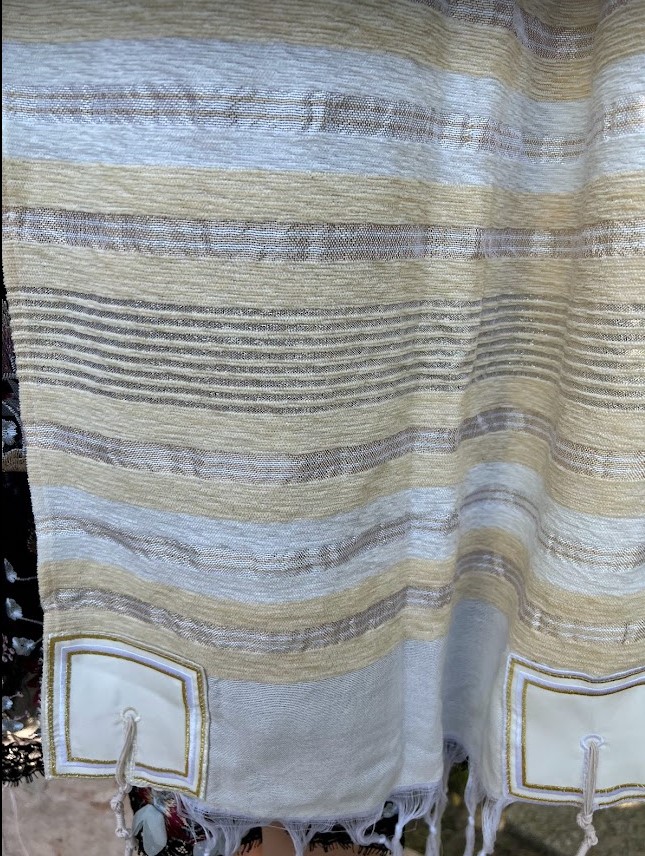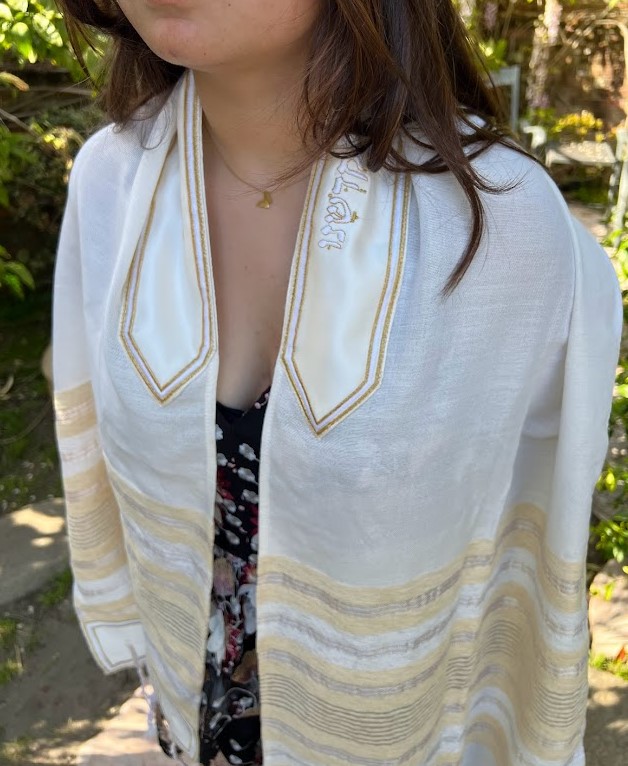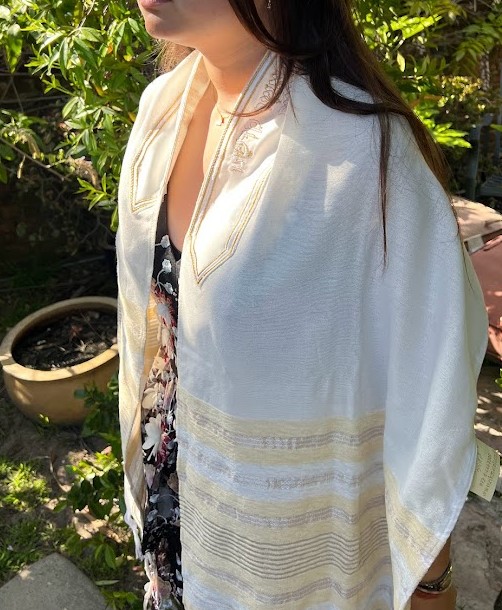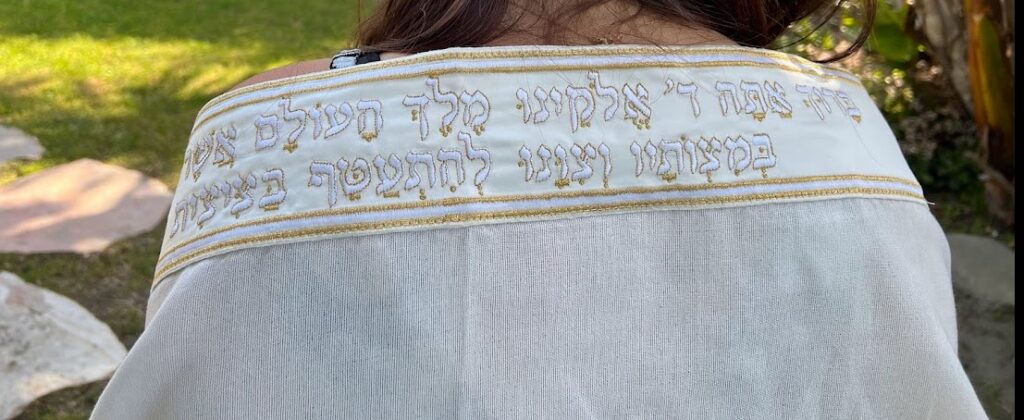This project, an exploration of the rituals of placemaking within my religious community and my own relationship to Judaism, has been sitting in the back of my mind since the summer before my senior year of high school. I was putting together my college applications and was finally sitting down to write my Personal Essay, and in one sitting I wrote an essay about my relationship with my Jewish community and how it changed while watching my brother’s tallit ceremony during his bar mitzvah.
When my dad presented my brother with an old, worn, and fading tallit (a stark contrast to the brand new one I has handed, having picked it out myself only a few weeks before), he said “If you look out at this congregation today you’ll notice that the people here are mainly from your mother’s side. On your Filipino side, you have all this family: cousins, aunts, uncles, from multiple generations. If you look at your Jewish family, you won’t see much. I don’t have a big family to give to you. But I do have this. This tallit was my father’s which he gave to me at my Bar Mitzvah. And now I’m giving this to you.”
This moment has continued to live with me. Ultimately, I did not use this essay for my college applications– I was advised that schools might not respond positively to an essay centered on Jewish identity, so I wrote an essay about studying for a really hard test and sent that as my application essay. I’m still embarrassed about this decision, to this day.
Anyway, all of this to say that I have been ruminating with ideas of belonging, identity, community building, and the ways that keeping important objects and wearing clothes to denote one’s belonging to a community are crucial aspects of maintaining cultural identity. No one forces me or my siblings to wear our tallitot, and we can even attend and take part in services without wearing one. But I think there is value in “looking the part,” in taking part in tradition and ritual practice to signify our place in the congregation, and our desire to maintain these cultural practices.



